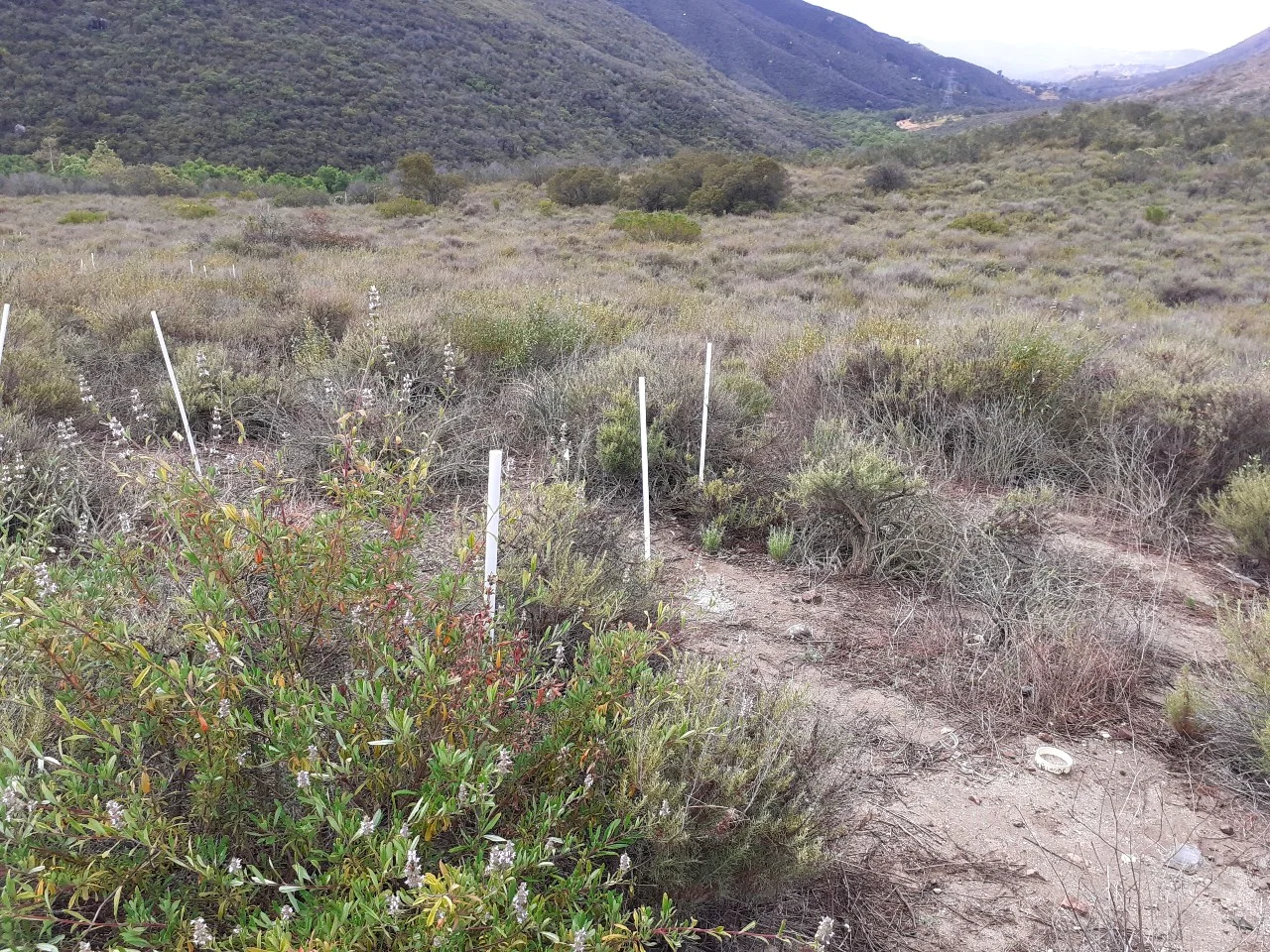According to a UC Riverside investigation, nitrogen released by gas-powered machines causes dry soil to release carbon into the atmosphere, where it can cause climate change.
 Dryland soil is so common in Southern California and much of the globe. In resisting acidification from fuel pollution, it can leach calcium and carbon. Image Credit: Johann Püspök/UCR
Dryland soil is so common in Southern California and much of the globe. In resisting acidification from fuel pollution, it can leach calcium and carbon. Image Credit: Johann Püspök/UCR
Vehicles, industrial manufacturing, and agricultural practices all use fossil fuels that emit nitrogen into the atmosphere. As a result, nitrogen levels in the Earth’s atmosphere have tripled since 1850. The researchers wanted to know if the extra nitrogen was affecting the soil’s ability to hold carbon and prevent it from becoming a greenhouse gas.
Because nitrogen is used as a fertilizer for plants, we expected additional nitrogen would promote plant growth as well as microbial activity, thereby increasing carbon put into soils.
Peter Homyak, Study Co-Author and Assistant Professor, Department of Environmental Sciences, University of California, Riverside
This was not what they noticed in dryland soil, which encloses much of Southern California.
Instead, the researchers discovered that excess nitrogen causes dryland soil to acidify and leach calcium under certain conditions. Calcium binds with carbon, and the two elements exit the soil together. The discovery was published in the journal Global Change Biology.
To obtain their findings, the researchers collected soil samples from ecological reserves near San Diego and Irvine that had been nitrogen-fertilized in long-term experiments. This permitted them to precisely calculate the amount of nitrogen added and account for any effects they observed.
In most cases, nitrogen can influence biological processes, which affect how soil stores carbon. These processes include fueling plant growth and slowing the microbes that help decompose dead things in the soil.
What the investigators did not anticipate was a significant impact on carbon storage via abiotic, or non-biological, means.
The pH scale determines whether something is acidic or alkaline (basic). Soils, in general, resist drastic pH changes by releasing elements such as calcium in exchange for acidity. As nitrogen acidified the soils at some of the study sites, the soil tried to resist the acidity by releasing calcium. As it did so, some of the carbon stabilized by calcium association was lost.
It is a surprising result because the main effect seems to be abiotic. That means bare patches of soil with no plant cover and low microbial activity, which I always thought of as areas where not much is going on, appear to be affected by nitrogen pollution too.
Johann Püspök, Study First Author and Graduate Student, Environmental Sciences, University of California, Riverside
Dryland soil, which has a restricted ability to retain moisture and contains low levels of organic matter, accounts for roughly 45% of the Earth’s land area. It is responsible for storing a significant portion of the world’s carbon.
Future research may throw new light on how much dryland soil is impacted by nitrogen pollution in the study plots.
We need more information as to how widespread such acidification effects are, and how they work under non-experimental conditions of nitrogen deposition.
Johann Püspök, Study First Author and Graduate Student, Environmental Sciences, University of California, Riverside
However, because there is no quick fix and no simple way to alter the process once it has started, experts suggest reducing emissions as much as possible to help the soil preserve its carbon stores.
Homyak concludes, “Air pollution generated by fossil fuel combustion has an impact on many things, including human health by causing asthma. It can also impact the amount of carbon these dryland systems can store for us. For many reasons, we have to get a handle on air pollution.”
Journal Reference:
Püspök, J. F., et al. (2022) Effects of experimental nitrogen deposition on soil organic carbon storage in Southern California drylands. Global Change Biology. doi.org/10.1111/gcb.16563.